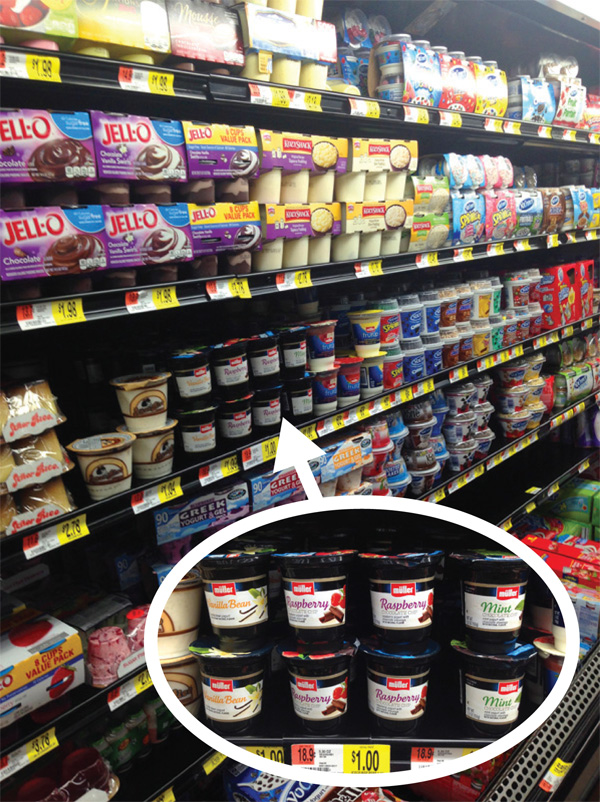Two and a half years ago, Theo Müller Group opened a $206m factory spanning 350,000 sq. ft in Batavia. The plant now belongs to Dairy Farmers of America (DFA) after Theo Müller Group agreed to cut their losses and decided to exit their five-year-old joint venture with PepsiCo to take over the yoghurt business in the United States. This development was quite unsurprising, as the brand has struggled to compete with Chobani Flip. Many retailers have also delisted Müller’s products in recent months. However, the major cause of their demise was a lack of consumer insights and attention to package design
Consumer Insights + Packaging
It is a common knowledge that getting the products into the hands of the targeted audience, is the major challenge when it comes to launching a business. However, that has changed. Consumers are transitioning from the bigger brands instead they buy from the smaller brands who they believe are not just selling to them overhyped products but are selling genuine and natural products. Müller completely disregarded this fact when developing their packaging. It failed because it did not comprehend consumer insights in the yoghourt category and failed to package their products with the desired benefits of the consumers. Take for example, Noosa, which offered a taste-first fruit option that appeals to what shoppers want. Another example is Chobani, which appeals to the “natural” etiquettes that the consumers want by running with the sidecar cup and introducing their Flip line.
Another faulty side to the Müller’s packaging is reflected on their website. The reviews on the site were few and there were complaints on issues with high sugar levels and ingredients. According to review on the website, the package named “Greek” is actually ”Greek-like”. The packaging misguided the consumers and their trust in the brand. The result was an untrustworthy and unattractive perception of the brand and the products. Packaging is key to understanding consumer perception.
What can be learned from the Müller story is simply that competitive intelligence is of lesser importance than consumer intelligence. Instead of focusing on your competition, companies must focus on their consumer and their perceptions of the category and brands. The package is the last moment of truth in retail. Brands that are leading their categories are committed to research to gather insights about their packaging and how the consumer responds to the category.
Inspired by insightrealized.wordpress.com
Package InSight + Eye Tracking ResEarch

Situations like Müller don’t have to happen. These risks and issues can be mitigated by paying attention to your consumer and understanding their nonconscious decision-making process. It’s important to conduct a variety of research studies for validity and reliability. Our team specializes in eye tracking research for package design in the consumer goods industry. Over the past 5 years, we have worked with companies big and small to understand how their consumers perceive the category and their products at the shelf. We believe our process and services help consumer goods companies avoid the horror stories of new products like Müller. If you are interested in learning more about our past research, please visit our case studies page.






